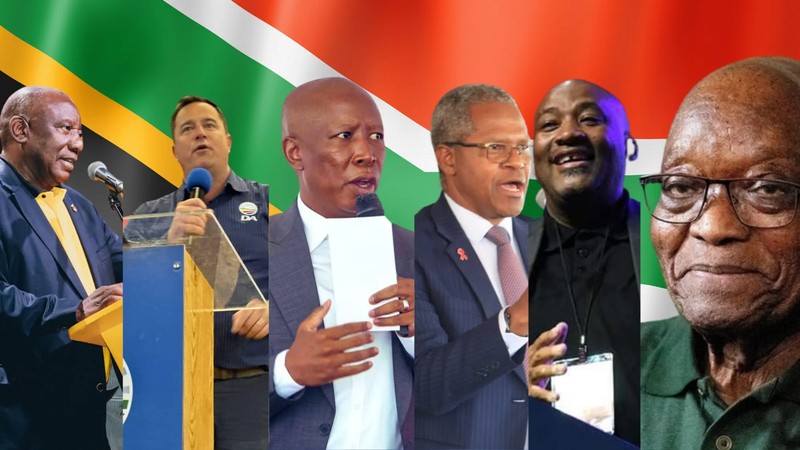Synopsis: South Africa’s political landscape is undergoing its most significant transformation since 1994. As the ANC’s traditional dominance wanes, coalition governance is emerging as the new normal across all levels of government. Unlike the 1994 Government of National Unity, these modern coalitions face unique challenges in power-sharing, political stability, and policy implementation. This analysis explores how this fundamental shift is reshaping South African democracy.
The Rise of Coalition Governance in South Africa
The 2016 Municipal elections saw coalition governance being ushered in. With the African National Congress’s (ANC’s) electoral decline in sight the possibility of coalitions had become more realistic. This trend spread provincially by the 2019 national/provincial elections. In the 2021 municipal elections more ANC dominated municipalities were found in coalition terrain. The 2024 National elections came and the ANC has officially lost its dominance, making coalitions a reality across South Africa’s multilevel system of governance.
How South Africa’s Electoral System Encourages Coalitions
In South Africa the different levels of government are governed by different electoral systems vis-a-vis municipalities are guided by a mixed-member proportional system, whereas national and provincial are guided by a simple proportional system. However, the trend has continued and spilled over throughout the different systems.
From ANC Dominance to a Multiparty System
Secondly, South Africa, had been characterised as characterised by a dominant party system with the ANC at the helm for many years. However, coalitions have changed this and finally opened South Africa to multipartyism, where many different political parties enjoy the ability to get into power either through alliance or coalition.
Coalition Government vs. the 1994 GNU: Key Differences
The South African political landscape is fairly new to coalitions, although many individuals may mistake the Government of National Unity (GNU) of 1994 with a coalition. However, the GNU resembles a transition from an authoritarian white-led government to a democratically led government. This transition agreement largely existed to reduce the possibility of a civil war in South Africa. The agreement later resulted in an alliance between the ANC, the Congress of South African Trade Unions (COSATU), the South African Communist Party (SACP), and the usurped National Party (NP) later renamed the New National Party (NNP). We establish this partnership as an alliance, especially when accounting for the existence of a trade union providing the ANC as much power as a political party would.
A coalition on the other hand is characterised as a transition, not from one type of government system to another, but between the party in power and its loss of power within the government system concerned. Furthermore, a coalition is generally made up of South African political parties and not of, say, trade unions. Trade Unions would have established their own political parties as Workers’ Parties and so forth. Additionally, COSATU does not appear on the ballot when individuals go to vote. However, it is in the nature of political parties in South Africa to name a coalition. For example, a prospective coalition spearheaded by the Democratic Alliance (DA) was called the Multi-Party Freedom Charter (MPFC), previously, the Moonshot Pact. The same naming sentiment is shared now when a coalition at national level is presented as being reminiscent of the GNU alliance, so as to signal transformation relating to the failures of, not only the ANC, but other political parties that were unresponsive to the needs of the people.
The Challenges of Coalition Stability and Governance
Nonetheless, whatever this coalition is called, there is a long term ahead, and in five years one could expect many changes and challenges. A test of time has been presented to all political parties, understanding that they need to put the people first in a real sense. The political parties concerned need to learn to navigate various dimensions, if they want the coalition to remain stable. The challenge between a minimal winning and grand coalition with multiple political parties may be one of the largest challenges. However, much of this is partially alleviated by the designation of cabinet appointments and inadvertently policy influence provided to much of the coalition, especially those that have garnered larger support without which the coalition could be fragile or collapse. The identification of this issue has led to the bloated cabinet we now see and the efforts to keep the coalition stable by provision of rent-seeking to major role players in the coalition.





